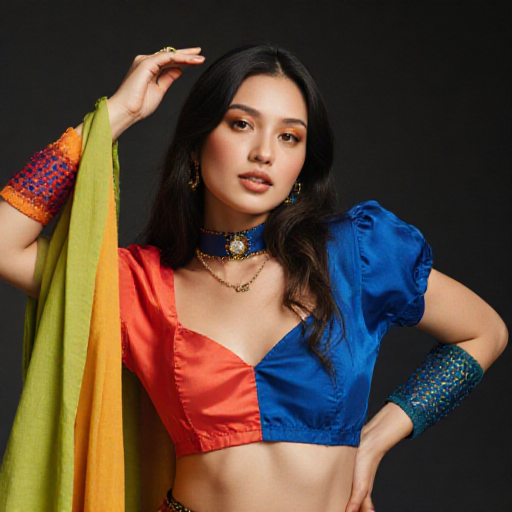Your personal colour season is not set in stone. Over time, changes in skin tone, hair colour, lifestyle, or even fashion trends may require you to adjust your wardrobe to better suit your current palette. Transitioning your wardrobe thoughtfully ensures that your clothing continues to complement your natural features, boosts confidence, and keeps your style feeling fresh.

Using insights from personal colour analysis can make this process smoother and more effective.
Table of Contents
- Understanding Why Your Colour Season May Change
- Assessing Your Current Wardrobe
- Identifying Key Colours for Your New Season
- Gradually Replacing Items
- Accessorizing for Seamless Transitions
- Updating Makeup and Hair to Match Your Palette
- Maintaining Flexibility in Your Wardrobe
- Final Thoughts
1. Understanding Why Your Colour Season May Change
Several factors can influence a shift in your personal colour season:
- Hair Colour Changes: Dyeing your hair or natural changes (like greying) can alter how certain colours interact with your features.
- Skin Tone Shifts: Sun exposure, aging, or skincare changes can subtly modify your undertones.
- Fashion Trends: Incorporating trending colours may reveal new favourites that complement your palette.
Recognizing these changes is the first step in creating a wardrobe that feels harmonious with your evolving features.
2. Assessing Your Current Wardrobe
Start by reviewing your existing clothes:
- Identify pieces that still align with your updated palette.
- Separate items that no longer suit your current season.
- Consider donating, selling, or repurposing outdated colours.
This evaluation helps you see gaps and prevents unnecessary purchases that don’t enhance your updated look.
3. Identifying Key Colours for Your New Season
Once your new colour season is established, highlight the core colours that define your palette. These may include:
- Neutrals: The base colours that anchor your wardrobe, such as creams, taupes, or navy.
- Accent Colours: Bright or muted shades that add personality and vibrancy.
- Complementary Tones: Colours that harmonize with your eyes, hair, and skin undertones.
Focusing on these key colours ensures each new piece integrates seamlessly into your wardrobe.
4. Gradually Replacing Items
A sudden overhaul can be overwhelming and expensive. Instead:
- Replace worn-out or outdated items with pieces that fit your new palette.
- Shop mindfully, prioritizing versatile items that can be mixed and matched.
- Start with essentials like tops, jackets, and dresses, then update secondary items over time.
This approach helps you transition smoothly without clutter or unnecessary expense.
5. Accessorizing for Seamless Transitions
Accessories can bridge the gap between old and new wardrobe pieces:
- Scarves, belts, or handbags in new palette colours can revitalize older clothing.
- Jewellery in complementary tones enhances overall harmony.
- Shoes and eyewear in updated shades can subtly shift your look.
These small adjustments allow you to maintain style continuity during the transition period.
6. Updating Makeup and Hair to Match Your Palette
Your updated colour season might also influence makeup and hair choices:
- Choose lipsticks, eyeshadows, and blushes that harmonize with your palette.
- Consider hair highlights or tints that complement your updated wardrobe.
- Regularly reassess how colours interact with your natural features under different lighting.
Aligning these elements ensures a cohesive and polished appearance.
7. Maintaining Flexibility in Your Wardrobe
Flexibility is key to long-term style satisfaction:
- Keep a few neutral staples that work across multiple palettes.
- Experiment with trendy colours within the context of your updated season.
- Periodically review your wardrobe to remove pieces that no longer resonate.
A flexible wardrobe adapts to lifestyle changes, personal growth, and seasonal shifts without feeling restrictive.
8. Final Thoughts
Transitioning your wardrobe when your personal colour season changes is an opportunity to refresh your style, boost confidence, and ensure that every piece works harmoniously with your natural features.
By using colour analysis as a guide, you can approach this transition strategically, avoiding wasted purchases while creating a wardrobe that feels authentic, vibrant, and versatile.
This mindful approach ensures your style evolves gracefully, keeping you looking polished and confident in every season.





